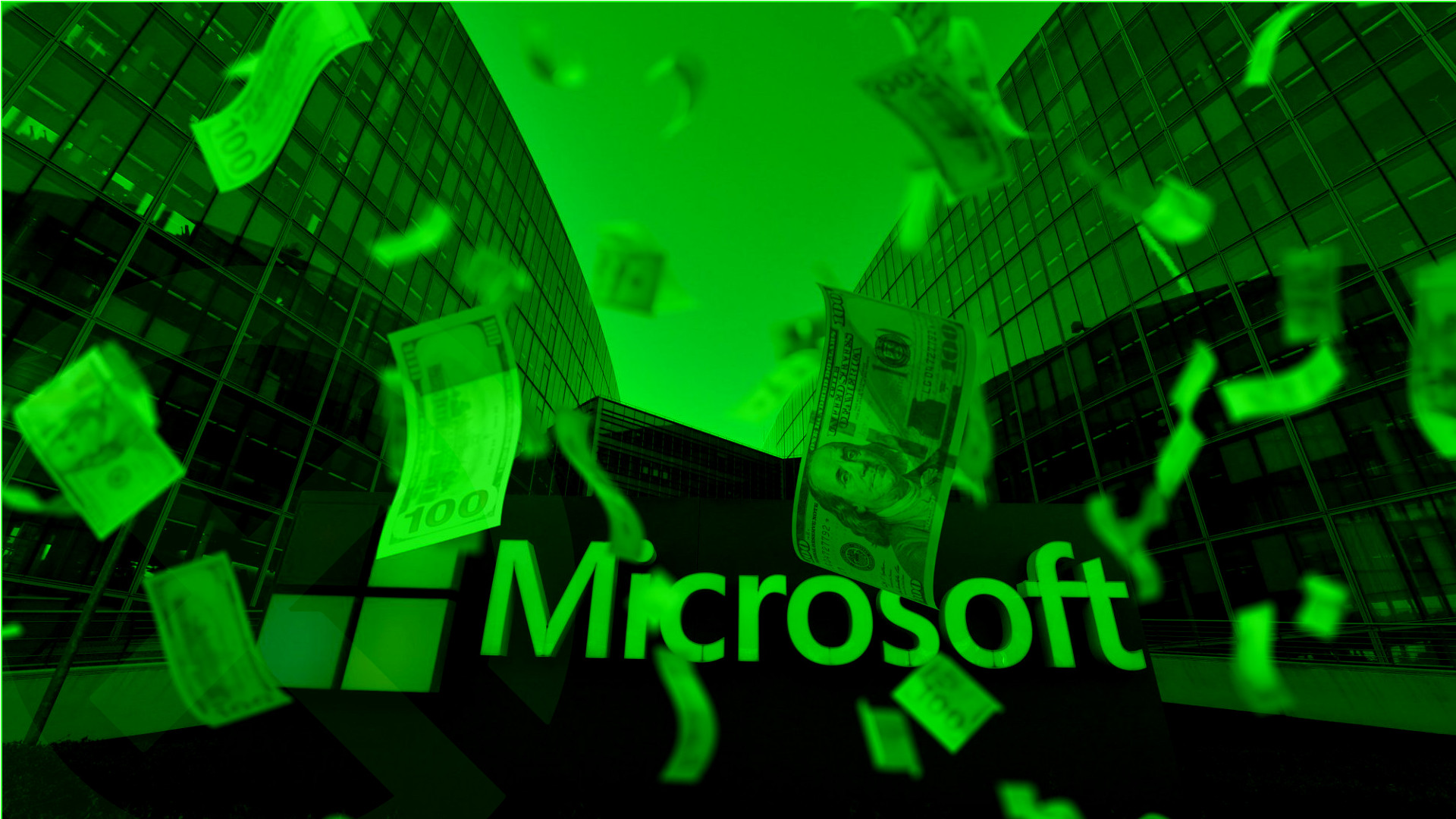Hardware sales, however, remain low.
More stories in the category News
- Report layoffs and bad practices at Rockstar during GTA 6 development review
- The delay of GTA 6 sinks Take-Two: its shares fall 18% after company review
- It’s Over: GTA 6 Delayed Until November 2026
| Don't miss anything and follow us on Google News! |
Circana, the consulting firm that analyzes various trends in different industries, mainly related to technology, published an updated report in May showing some interesting points about the fruits of Microsoft’s strategy in its core market, North America, and specifically the United States. The numbers show a marked positive effect on the Redmond-based company’s commitment to bringing its games to different platforms, although on the other hand, the company seems to be significantly retreating in terms of hardware, as was already internally known.
As summarized very well by analyst Matt Piscatella, and always talking about the US market, spending on video game hardware, accessories, and content reached four billion dollars, 1% more than the previous year. This takes into account the revenue that also comes through platforms like Battle.net, Bethesda.net, the EA app, Epic Games Store, the Rockstar store, Steam, the Ubisoft Store, and the Microsoft Store.
Split Numbers
Microsoft’s strategy of bringing its 1st party titles to different platforms seems to be a success if we look at the numbers. Of the top 10 best-selling games on PlayStation 5, four titles are owned productions by the Redmond-based company, namely: Doom: The Dark Ages, Forza Horizon 5, Call of Duty: Black Ops 6, The Elder Scrolls IV: Oblivion Remastered, and Minecraft, titles that range from second to eighth place in the ranking respectively.
The not-so-good side of this report for the brand is taken, when not, by the hardware. The public’s investment in Microsoft consoles was significantly reduced, specifically by 13%, compared to the previous year, although it is estimated that spending on this aspect in the territory was US$172 million. In any case, this seems to be a trend also for other brands if we take into account that the public’s spending on Nintendo Switch consoles decreased by 44%, although that is very logical considering the number of years that the platform has been on the market and the arrival of the Nintendo Switch 2.






